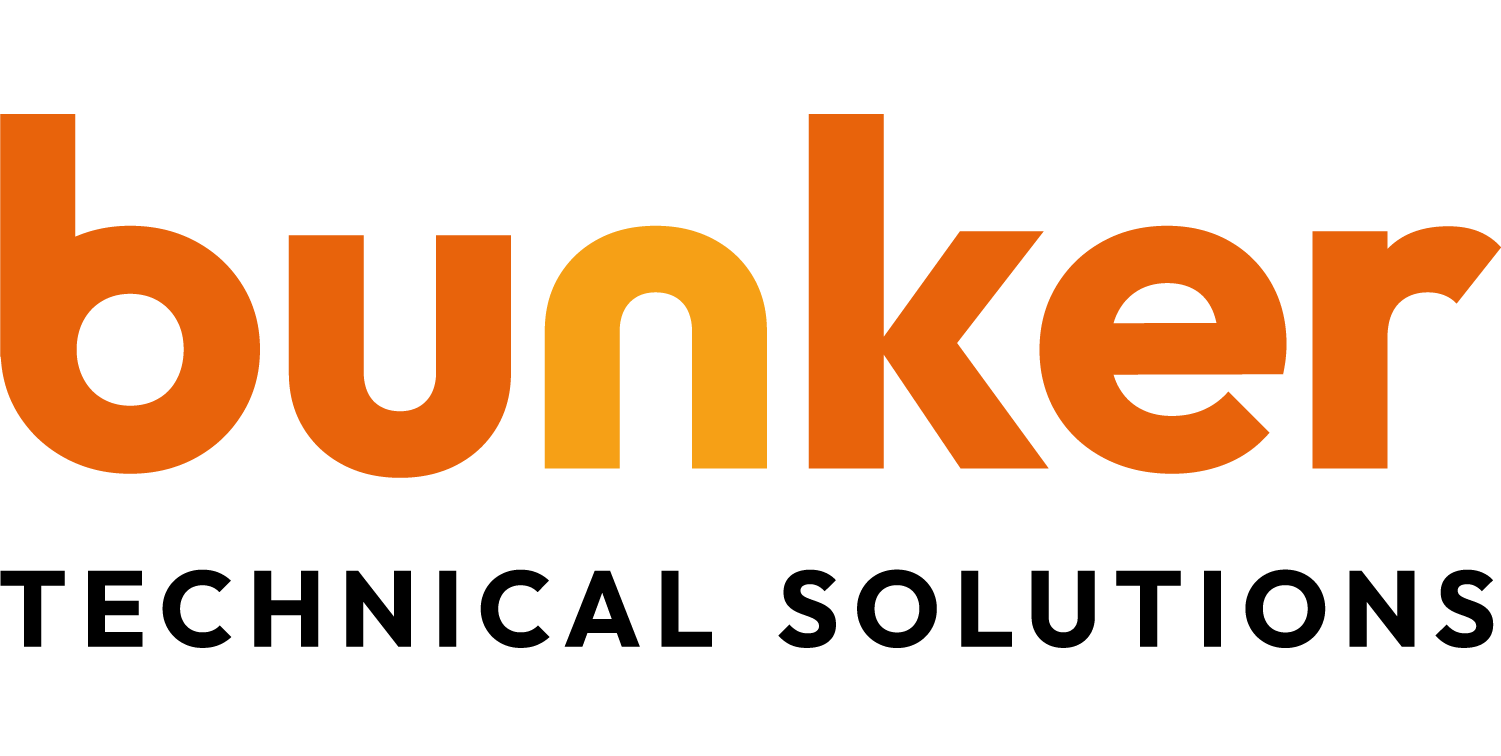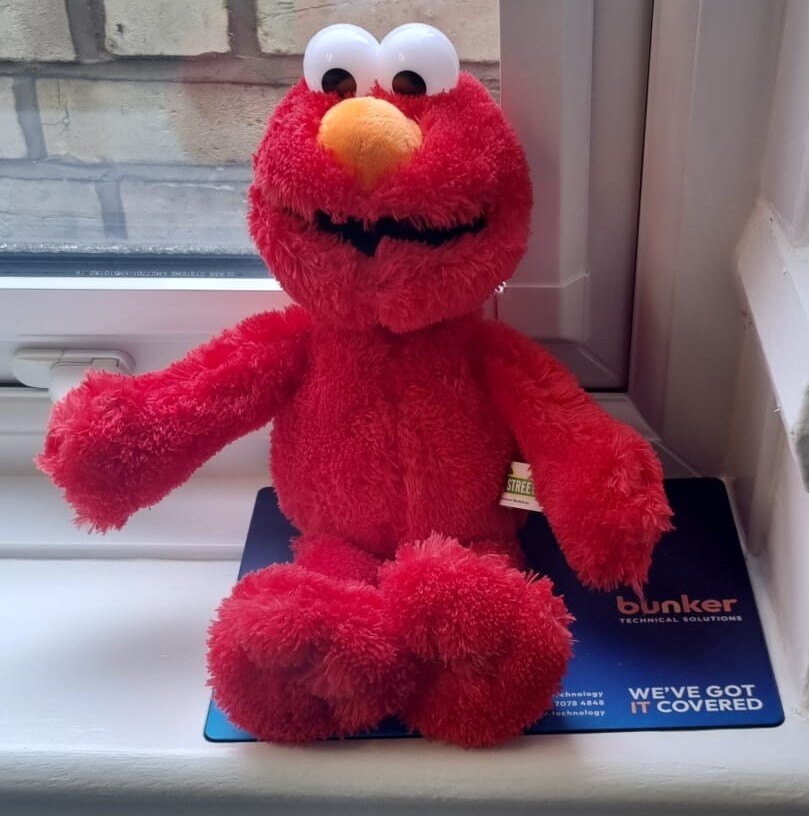Identifying the Problem: Time Wasted in Meetings
Meetings are essential for collaboration, but they often become notorious for wasting time. Studies show that a significant portion of meeting time is spent on unproductive activities. This includes unnecessary discussions, lack of clear objectives, and participants going off-topic.
Recognizing these issues is the first step towards improvement. By identifying the root causes of wasted time, you can implement strategies to make meetings more efficient and valuable for everyone involved.
Setting Clear Objectives: The Key to Effective Meetings
A meeting without a clear objective is like a ship without a compass. To ensure that your meetings are productive, it's crucial to set clear, actionable objectives beforehand. This provides a roadmap for the discussion and helps keep everyone focused on the purpose of the meeting.
Before scheduling a meeting, ask yourself what you aim to achieve. Communicate this objective to all participants in advance. This will not only prepare them for the discussion but also set the tone for a focused and goal-oriented meeting.
Streamlining Discussions: When to Say 'Enough, Let's Move On'
One of the biggest culprits of time-wasting in meetings is prolonged discussions that go off-track. It's essential to recognize when a topic has been sufficiently covered and when it's time to move on. This is where the phrase 'Enough, let's move on' becomes invaluable.
Encourage meeting facilitators to use this phrase to steer the conversation back on track. It's a polite yet firm way to signal that the discussion has reached a point of diminishing returns and it's time to proceed to the next agenda item.
Tools and Techniques for Efficient Meetings
Using the right tools and techniques can significantly enhance the efficiency of your meetings. Consider using Copilot in Teams meetings to summarise key discussion points—including who said what and where people are aligned or disagree—and suggest action items, all in real time during a meeting.
Have a more effective meeting
Act as a thought partner by trying these prompts within the Copilot compose box to the right of your meeting window:
- Where do we disagree on this topic?
- How did [a meeting participant] respond to this proposal?
- What questions can I ask to move the meeting forward?
- Where are some holes in [a meeting participant's] argument?
- Create a table with the ideas discussed and their pros and cons.
Measuring Success: Evaluating Your Meeting Strategy
To continually improve your meeting strategy, it's important to measure the success of your efforts. This can be done through participant feedback, analyzing the outcomes of meetings, and assessing whether the set objectives were achieved.
Regularly review your meeting practices and make adjustments as necessary. By evaluating the effectiveness of your meetings, you can identify areas for improvement and implement changes that will make future meetings even more productive.
Wrap up a meeting with clear next steps
Copilot will send a prompt a few minutes before a meeting's scheduled end to help participants wrap up. Select Open Copilot to see a summary of key points of discussion and identify agreed-upon next steps, including tasks assigned to specific people. Participants can still make use of Copilot by asking if there are any unresolved issues or open topics from the agenda, or any other related questions that may help users to grasp the meeting wrap up.




